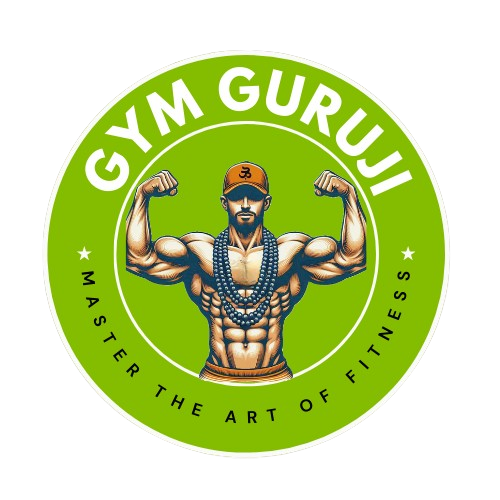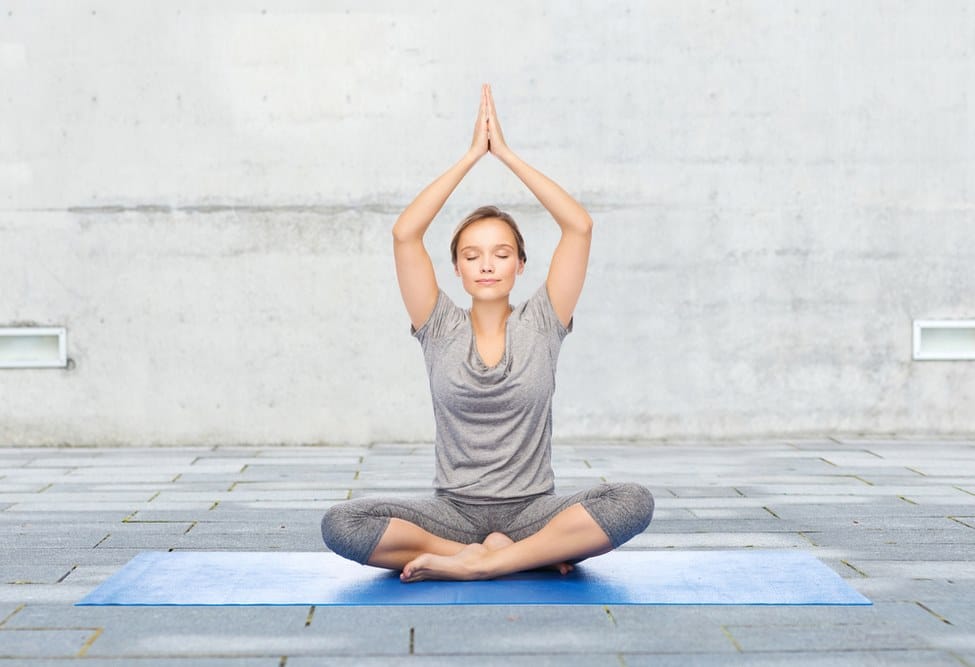In today’s hectic world, many of us spend numerous hours sitting at desks, slumped over computers, or staring down at our phones. These habits can lead to poor posture, which not only affects our appearance but can also result in discomfort, pain, and even long-term health issues. The good news is that with the right exercises, you can improve your posture, alleviate discomfort, and enhance your overall well-being. In this comprehensive guide, we will explore how to correct and maintain good posture through targeted exercises.
Understanding the Importance of Good Posture
Before diving into the exercises, it’s important to understand what good posture entails and why it’s crucial for your health.
What Is Good Posture?
Good posture refers to the correct alignment of the body where the muscles, joints, and spine are in their optimal positions. This alignment reduces the strain on muscles and ligaments, keeps the bones and joints in the correct alignment, and allows the body to function efficiently. Proper posture involves:
– Neutral spine: The three natural curves of the spine (cervical, thoracic, and lumbar) should be maintained without overemphasizing or flattening them.
– Balanced shoulders: Shoulders should be back and level, without slouching or rounding forward.
– Even hips: Hips should be aligned and level, with weight evenly distributed between both feet.
– Aligned head: The head should be in line with the spine, not tilted forward, backward, or to the sides.
Why Is Good Posture Important?
Maintaining good posture has numerous benefits, including:
– Prevention of Pain: Poor posture is a common cause of back, neck, and shoulder pain. Correcting your posture can alleviate these discomforts.
– Improved Breathing: Proper posture opens up the chest cavity, allowing for better lung expansion and more efficient breathing.
– Enhanced Circulation: Good posture promotes better circulation, reducing the risk of conditions like varicose veins.
– Increased Energy Levels: When your body is in alignment, it expends less energy to perform tasks, leaving you feeling more energized.
– Boosted Confidence: Standing tall with good posture can enhance your confidence and make a positive impression.
Common Posture Problems
Understanding the common posture problems will help you identify and correct them more effectively. These are some of the most typical problems:
1. Forward Head Posture
Also known as “tech neck,” forward head posture occurs when the head is positioned too far forward, putting extra strain on the neck and upper back muscles.
Correction: Focus on exercises that strengthen the neck extensors and stretch the muscles in the front of the neck.
2. Rounded Shoulders
This is a common issue for those who sit at a desk for long periods. It occurs when the shoulders are pulled forward, causing the chest muscles to tighten and the upper back muscles to weaken.
Correction: Strengthen the upper back and stretch the chest muscles to pull the shoulders back into alignment.
3. Anterior Pelvic Tilt
An anterior pelvic tilt happens when the pelvis tilts forward, creating an exaggerated arch in the lower back. It often results from tight hip flexors and weak glutes.
Correction: Strengthen the glutes and hamstrings while stretching the hip flexors and lower back muscles.
4. Slouching
Slouching is when the spine’s natural curves are exaggerated, often leading to a rounded back and shoulders.
Correction: Focus on exercises that strengthen the core and back muscles to support the spine’s natural curves.
Effective Exercises to Improve Your Posture
Incorporating the following exercises into your routine can help you improve your posture by strengthening the muscles that support proper alignment and stretching those that are overly tight.
1. Chin Tucks
Purpose: Chin tucks strengthen the neck muscles and improve forward head posture.
How to Do It:
-Keep your back straight while you’re sitting or standing.
-To create a double chin, gently tuck your chin in toward your chest.
– After five seconds of holding the position, release it.- Repeat 10-15 times.
Tips: Focus on small, controlled movements. Avoid tilting your head downward.
2. Scapular Retractions
Purpose: This exercise targets the muscles between the shoulder blades, helping to correct rounded shoulders.
How to Do It:
– Sit or stand with your spine straight.
– Squeeze your shoulder blades together, imagining that you are pinching a pencil between them.
– Hold for 5 seconds, then relax.
– Repeat 10-15 times.
Tips: Keep your shoulders relaxed and avoid shrugging them during the exercise.
3. Cat-Cow Stretch
Purpose: The Cat-Cow stretch increases flexibility in the spine and relieves tension in the back muscles.
How to Do It:
– Get into a tabletop position and begin on your hands and knees.
– Breathe in as you arch your back, it is called The Cow Pose, lifting your head and tailbone towards the ceiling.
– Breathe out as you round your back, it is called The Cat Pose, tucking your chin to your chest and tailbone under.
– Keep moving back and forth between these two positions for a minute or two.
Tips: Focus on moving with your breath and keeping the movements fluid.
4. Chest Opener Stretch
Purpose: This stretch targets the chest muscles, which can become tight from poor posture.
How to Do It:
– Stand with your feet shoulder-width apart.
-Squeeze your hands behind your back to extend your arms straight.
– Lift your arms gently and extend your chest.- Hold the stretch for 20-30 seconds.
Tips: Avoid arching your lower back during this stretch. Focus on opening the chest.
5. Bridge Pose Video credit: YouTube channel Veterans Health Administration
Purpose: The bridge pose strengthens the glutes, hamstrings, and lower back, helping to correct anterior pelvic tilt.
How to Do It:
-Position yourself on your back, bending your knees and placing your feet flat on the floor, aligned with your hips.- As you raise your hips toward the ceiling, apply pressure through your heels.
– Hold the position for 10-15 seconds, then lower your hips back down.- Repeat 10-15 times.
Tips: Keep your core engaged and avoid letting your knees splay outward.
6. Plank
Purpose: The plank strengthens the core, shoulders, and back, which are essential for maintaining good posture.
How to Do It:
– Start by placing your body in a straight line from your head to your heels in a push-up position.
– Engage your core, keeping your back flat and shoulders over your wrists.
– Hold the position for 20-60 seconds.
Tips: Avoid letting your hips sag or pike up. Keep your neck aligned with your spine.
7. Child’s Pose
Purpose: This restorative pose stretches the back, shoulders, and hips, providing relief from tension and promoting better posture.
How to Do It:
– Begin on your hands and knees, then extend your arms forward and sit back on your heels.
– Rest your head on the floor and inhale deeply.
– Hold the pose for 1-2 minutes.
Tips: Focus on relaxing and letting go of any tension in your back and shoulders.
Tips for Maintaining a Good Posture
In addition to regular exercise, incorporating the following habits into your daily routine can help you maintain good posture:
1. Be Mindful: Notice your posture throughout the day. If you notice that you are slouching or hunching, correct it immediately.
2. Set Up Your Workspace: Ensure that your desk and chair are ergonomically designed to support good posture. It is recommended to position your feet flat on the floor and your computer screen at eye level.
3. Take Breaks: If you sit for long periods, take regular breaks to stand, stretch, and move around. This will prevent stiffness and encourage better posture.
4. Strengthen Your Core: A strong core is essential for maintaining good posture. Include workouts that strengthen the core in your program, such as planks and crunches.
5. Wear Supportive Footwear: Wearing shoes with proper arch support can help you maintain good posture while standing and walking.
6. Practice Yoga: Yoga is an excellent practice for improving posture. It strengthens and stretches the muscles, promotes body awareness, and enhances flexibility.
Conclusion
Improving your posture is not just about looking better; it’s about feeling better and preventing potential health issues down the line. By incorporating the exercises and tips outlined in this guide into your routine, you can gradually correct poor posture and maintain a healthier, more confident stance. Remember, consistency is key. With time and dedication, you’ll notice a significant improvement in your posture and overall well-being.
By following these strategies and making posture improvement a priority, you’ll set yourself on a path to better health, comfort, and confidence.

